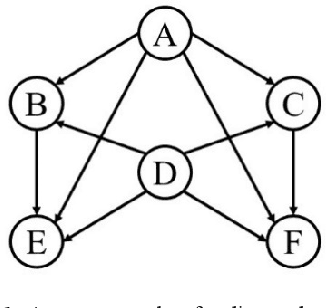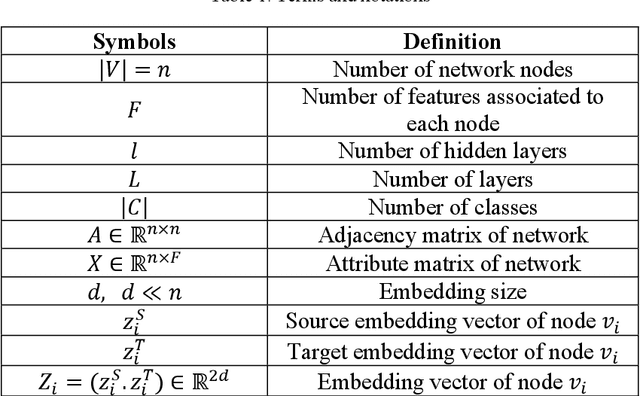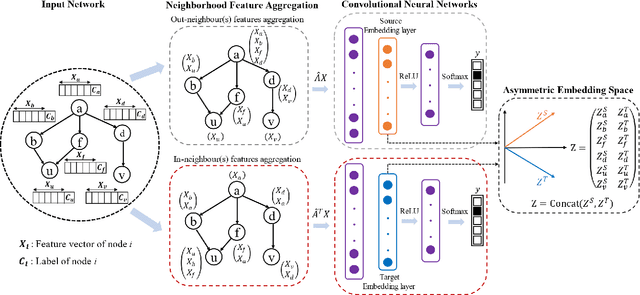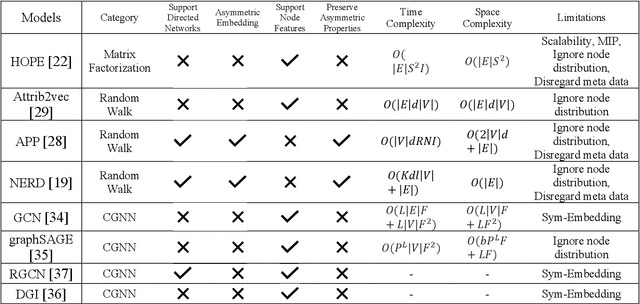Xinghuo Yu
Learning Hierarchical Procedural Memory for LLM Agents through Bayesian Selection and Contrastive Refinement
Dec 22, 2025Abstract:We present MACLA, a framework that decouples reasoning from learning by maintaining a frozen large language model while performing all adaptation in an external hierarchical procedural memory. MACLA extracts reusable procedures from trajectories, tracks reliability via Bayesian posteriors, selects actions through expected-utility scoring, and refines procedures by contrasting successes and failures. Across four benchmarks (ALFWorld, WebShop, TravelPlanner, InterCodeSQL), MACLA achieves 78.1 percent average performance, outperforming all baselines. On ALFWorld unseen tasks, MACLA reaches 90.3 percent with 3.1 percent positive generalization. The system constructs memory in 56 seconds, 2800 times faster than the state-of-the-art LLM parameter-training baseline, compressing 2851 trajectories into 187 procedures. Experimental results demonstrate that structured external memory with Bayesian selection and contrastive refinement enables sample-efficient, interpretable, and continually improving agents without LLM parameter updates.
FedCanon: Non-Convex Composite Federated Learning with Efficient Proximal Operation on Heterogeneous Data
Apr 16, 2025Abstract:Composite federated learning offers a general framework for solving machine learning problems with additional regularization terms. However, many existing methods require clients to perform multiple proximal operations to handle non-smooth terms and their performance are often susceptible to data heterogeneity. To overcome these limitations, we propose a novel composite federated learning algorithm called \textbf{FedCanon}, designed to solve the optimization problems comprising a possibly non-convex loss function and a weakly convex, potentially non-smooth regularization term. By decoupling proximal mappings from local updates, FedCanon requires only a single proximal evaluation on the server per iteration, thereby reducing the overall proximal computation cost. It also introduces control variables that incorporate global gradient information into client updates, which helps mitigate the effects of data heterogeneity. Theoretical analysis demonstrates that FedCanon achieves sublinear convergence rates under general non-convex settings and linear convergence under the Polyak-{\L}ojasiewicz condition, without relying on bounded heterogeneity assumptions. Experiments demonstrate that FedCanon outperforms the state-of-the-art methods in terms of both accuracy and computational efficiency, particularly under heterogeneous data distributions.
Online Electric Vehicle Charging Detection Based on Memory-based Transformer using Smart Meter Data
Aug 06, 2024Abstract:The growing popularity of Electric Vehicles (EVs) poses unique challenges for grid operators and infrastructure, which requires effectively managing these vehicles' integration into the grid. Identification of EVs charging is essential to electricity Distribution Network Operators (DNOs) for better planning and managing the distribution grid. One critical aspect is the ability to accurately identify the presence of EV charging in the grid. EV charging identification using smart meter readings obtained from behind-the-meter devices is a challenging task that enables effective managing the integration of EVs into the existing power grid. Different from the existing supervised models that require addressing the imbalance problem caused by EVs and non-EVs data, we propose a novel unsupervised memory-based transformer (M-TR) that can run in real-time (online) to detect EVs charging from a streaming smart meter. It dynamically leverages coarse-scale historical information using an M-TR encoder from an extended global temporal window, in conjunction with an M-TR decoder that concentrates on a limited time frame, local window, aiming to capture the fine-scale characteristics of the smart meter data. The M-TR is based on an anomaly detection technique that does not require any prior knowledge about EVs charging profiles, nor it does only require real power consumption data of non-EV users. In addition, the proposed model leverages the power of transfer learning. The M-TR is compared with different state-of-the-art methods and performs better than other unsupervised learning models. The model can run with an excellent execution time of 1.2 sec. for 1-minute smart recordings.
Clustering-based Multitasking Deep Neural Network for Solar Photovoltaics Power Generation Prediction
May 09, 2024Abstract:The increasing installation of Photovoltaics (PV) cells leads to more generation of renewable energy sources (RES), but results in increased uncertainties of energy scheduling. Predicting PV power generation is important for energy management and dispatch optimization in smart grid. However, the PV power generation data is often collected across different types of customers (e.g., residential, agricultural, industrial, and commercial) while the customer information is always de-identified. This often results in a forecasting model trained with all PV power generation data, allowing the predictor to learn various patterns through intra-model self-learning, instead of constructing a separate predictor for each customer type. In this paper, we propose a clustering-based multitasking deep neural network (CM-DNN) framework for PV power generation prediction. K-means is applied to cluster the data into different customer types. For each type, a deep neural network (DNN) is employed and trained until the accuracy cannot be improved. Subsequently, for a specified customer type (i.e., the target task), inter-model knowledge transfer is conducted to enhance its training accuracy. During this process, source task selection is designed to choose the optimal subset of tasks (excluding the target customer), and each selected source task uses a coefficient to determine the amount of DNN model knowledge (weights and biases) transferred to the aimed prediction task. The proposed CM-DNN is tested on a real-world PV power generation dataset and its superiority is demonstrated by comparing the prediction performance on training the dataset with a single model without clustering.
Learning Asymmetric Embedding for Attributed Networks via Convolutional Neural Network
Feb 13, 2022



Abstract:Recently network embedding has gained increasing attention due to its advantages in facilitating network computation tasks such as link prediction, node classification and node clustering. The objective of network embedding is to represent network nodes in a low-dimensional vector space while retaining as much information as possible from the original network including structural, relational, and semantic information. However, asymmetric nature of directed networks poses many challenges as how to best preserve edge directions in the embedding process. Here, we propose a novel deep asymmetric attributed network embedding model based on convolutional graph neural network, called AAGCN. The main idea is to maximally preserve the asymmetric proximity and asymmetric similarity of directed attributed networks. AAGCN introduces two neighbourhood feature aggregation schemes to separately aggregate the features of a node with the features of its in- and out- neighbours. Then, it learns two embedding vectors for each node, one source embedding vector and one target embedding vector. The final representations are the results of concatenating source and target embedding vectors. We test the performance of AAGCN on three real-world networks for network reconstruction, link prediction, node classification and visualization tasks. The experimental results show the superiority of AAGCN against state-of-the-art embedding methods.
 Add to Chrome
Add to Chrome Add to Firefox
Add to Firefox Add to Edge
Add to Edge